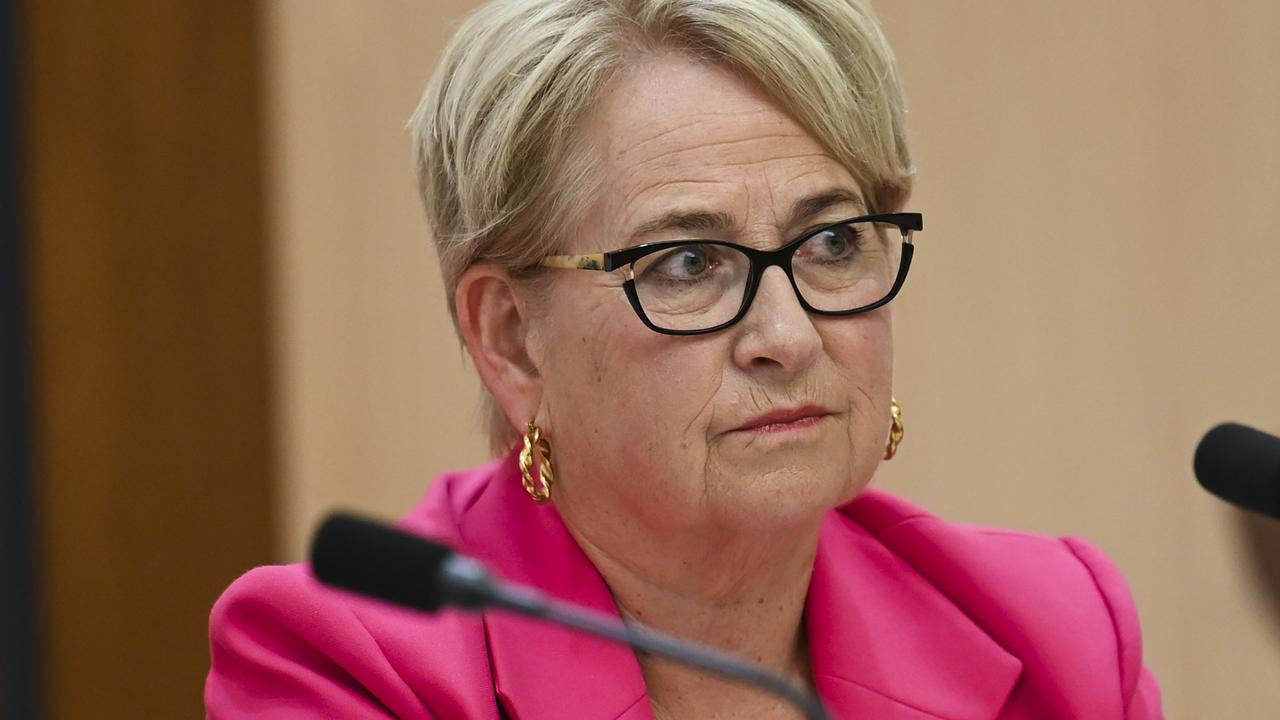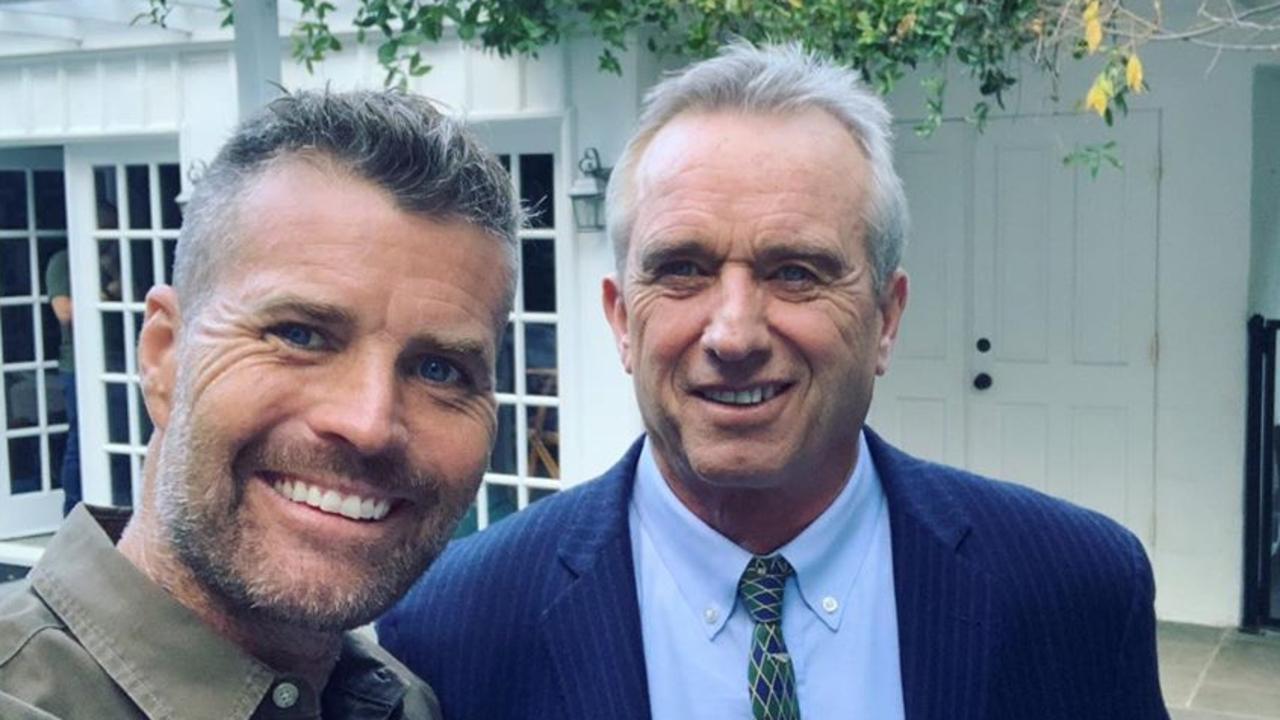Australian Defence Minister Richard Marles reveals how to protect country from threats
Australian Defence Minister Richard Marles reveals what the country will need to cope with future “lethal force” and protect the nation in the face of current threats.

National
Don't miss out on the headlines from National. Followed categories will be added to My News.
Richard Marles was watching the opening sequence of Tom Cruise’s Top Gun box office smash when it occurred to him how in the 36-year wait for the sequel, little had changed.
The F-14 Tomcat had been replaced by the F/A-18 Super Hornet and F-35 Lightening but on the aircraft carrier flight deck operations in that first scene mirrored that of the original flick.
Having himself landed on the deck of the USS Ronald Reagan off Brisbane in 2019 during a goodwill visit, the defence minister knew it was not just a Hollywood nod to nostalgia and more that war fighting rituals remained largely the same.
“It was a wonder how little had changed, that is what it looks like,” he said of both the movie scene and his 2019 experience, which as a hobby photographer he had captured in an image framed on the wall of his new office.
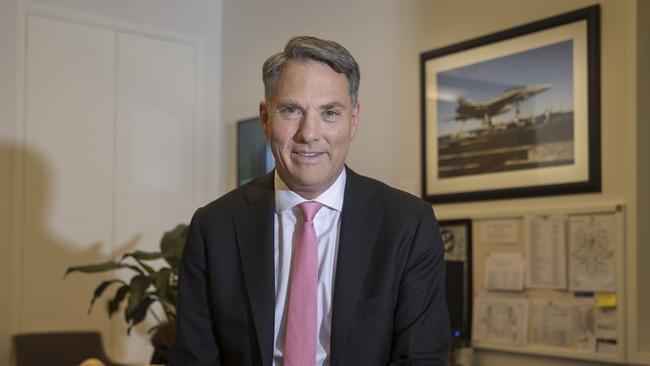
But Mr Marles is very clear, that is about all that remains the same with Australia’s security outlook today — it is very different to what it has been in the past.
For one thing the 10-year strategic warning time for a conflict no longer applies and long-range strikes where a single hypersonic missile can destroy a city in a blink is real.
“The situation I would describe is being amplified I actually think where we were say five years ago, I feel like we were on the path we are on now in terms of strategic circumstances that Australia was facing,” he said.
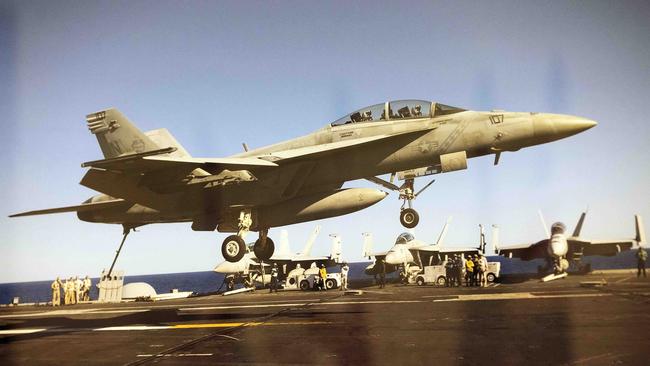
In simple terms, the world now sits in a different place and this is requiring different thinking to our national defences and in Mr Marles case a very real sense of urgency to understand what we need to defend ourselves.
“The world was a very different place back then. We were using (the same) language then but it does feel more acute now, that this is the most complex set of strategic circumstances that we have ever faced and it really is,” he said.
“As China seeks to shape the world around it in a way that we have not seen before – and obviously as our largest trading partner, so a country where we have a lot of interests and where we would want the relationship to be in the best place that it can be in – as it seeks to shape the world around it. It presents challenges for us and it is really important that Australia builds its strategic space, has the ability to articulate our national interest when it differs from Chinese action.”
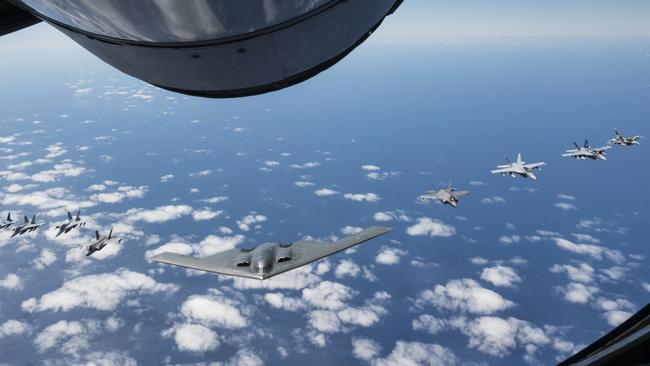
Mr Marles said Russia’s invasion and war on Ukraine highlighted the importance of a rules based order, in this case abandoned “by a big country imposing itself on a smaller neighbour”.
When asked if Australia was potentially “a Ukraine”, he said the principles at stake were applicable and that’s why he had ordered Defence to produce a new strategic posture review by next March.
“It’s a different circumstance to here but there are lessons to be learnt from the conflict in Ukraine and again that’s where I think we really do need to be looking at what kind of defence force we have in the context of the strategic circumstances we face,” he said.
“We need to be able to project with lethality, we also need to be able to withstand the projection of lethal force and so there’s obviously things to say. What that implies in terms of assets that we have is exactly the sort of question that we need this review to look at.”
And no doubt now needs to be looked at in the context of Ukraine where long range missile strikes, some fired at unimaginable speeds and from ‘near space’, are destroying a nation.

Mr Marles is putting a lot of faith in the review to guide our future forces in the face of a rapidly deteriorating strategic outlook in the region. He calls it a “generational reinvestment” in the Australian Defence Force.
The fact Australia needs another military review just two years after the last one is telling and has more to do with the evolution of national security threats than a new government wanting to impress.
Mr Marles understands the threats, knows our national defence shortcomings (not least of all from a lack of long range missile defence systems) and displays a sense of urgency to get things moving.
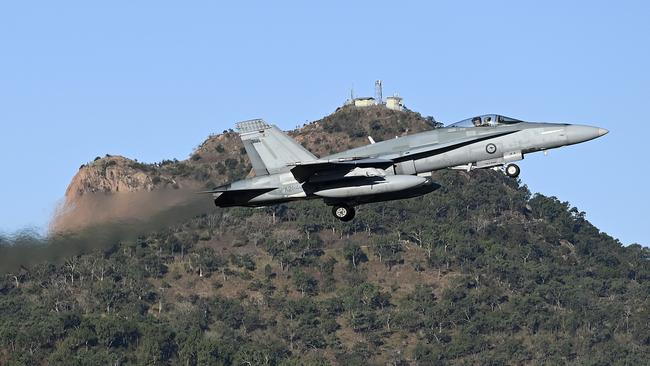
He said no-one wanted to see war and said disputes needed to be mediated through international rules of law. That rules based order, he said, was under stress notably the UN Convention on the law of the sea around Australia and in the South China Sea and other Australian trading routes globally.
“The rules based order in East Asia, through the Indo-Pacific has been fundamental to the stability and the economic growth and prosperity of the region in which we live,” he said.
“That’s where clearly our interests lie and it is not an esoteric idea, we are a trading nation, our largest trading partner is within the region and so it’s about trading in a peaceful activity; it’s so important for our economy, jobs and for living standards in Australia.”
WHAT ADF REVIEW WILL CONFIRM
* Hunter class frigates project cost blow out, design and capability limits with delivery not before 2032
* AUKUS nuclear propelled submarines project hamstrung by union and industry demands they be built in Australia, not expected before 2040
* Planned purchase of 160 Abrams tanks now potentially strategically obsolete
* Much vaunted $1.3 billion RAAF long range SkyGuardian drone program scrapped with limited new options
* Collins class submarines and Anzac frigates require urgent increased fire power
* Jindalee Over-the-Horizon overhaul not likely to reach capability before 2030
* Prolonged delays in Navy acquiring Sikorsky MH-60R and Army the UH-60M Black Hawk
* The need for a long range bomber like the B-21 stealth, more long range drones, more long range missiles and air defence systems mobile and static
* Critical shortages in ADF ranks



